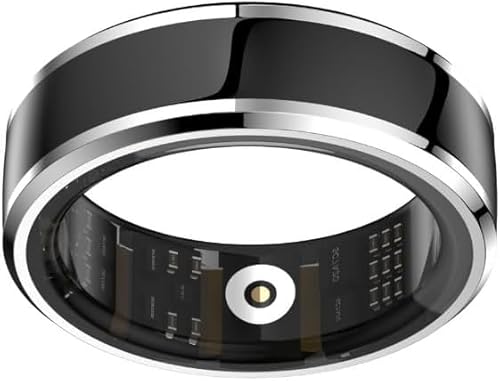Plainly, it should depend to an extent on individual circumstances. For a person who doesn't indicate any myxomatous tissue problems, who has no indications at all of aortic enlargement, it would not reasonably seem as critical. My personal bent is that in those circumstances, it's probably not as dangerous as the current wisdom would imply.
But those are probably not be the majority of cases. Most weight lifters are younger, and younger people who are far enough along to have been diagnosed have a greater likelihood of a larger myxomatous involvement and risk.
Unfortunately, fibrous or infiltrated tissue is not always as easily spotted during OHS as it might seem. You can search on the site for a number of postings by people who have had to have follow-up surgeries a few months or a few years later because of aortic dilations or aneurysms, even partial dissections that seem to result from or have been activated by the valve surgery or the changes in pressure and stresses it causes. As the surgeon was right there, it was plainly not obvious at the time he was sewing it. And surgeons don't routinely risk collateral damage by opening up other parts of the heart just to look.
In short, you may not have any way to know if you have an area of tissue in your circulatory system that simply can't stand up to the intense pressures that your skeletal muscles have been trained to bear.
What is that risk worth, in the context of things? There's so much in the world to see and do, and each of us only has time to get to such a small fragment of it, even in the best of circumstances. If less heavy weights that still keep you sculpted and powerful can also give you the chance to see Hawaii, to build your own business (maybe a gym) from scratch, to dance at your granddaughter's wedding...
Best wishes,






















